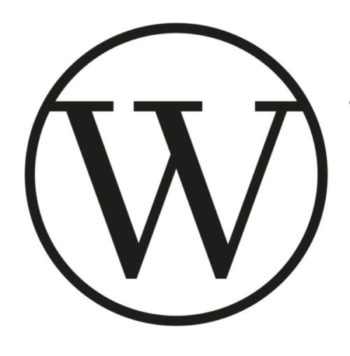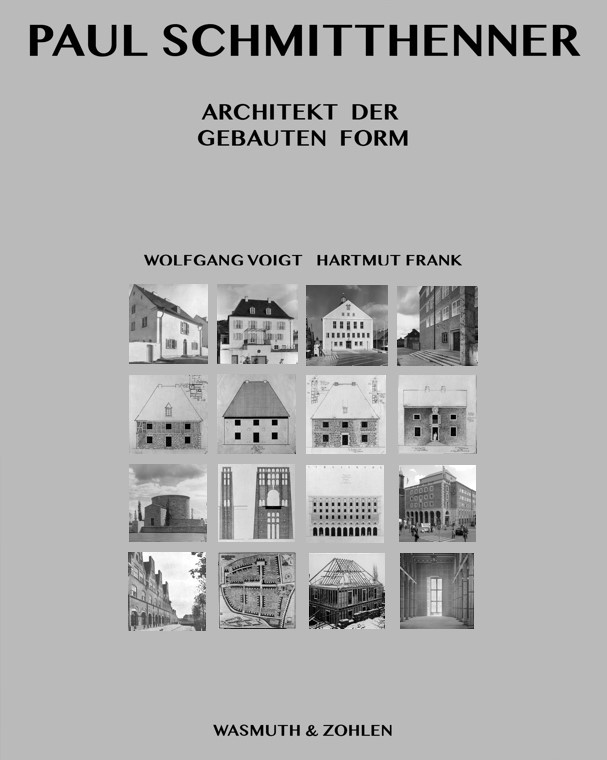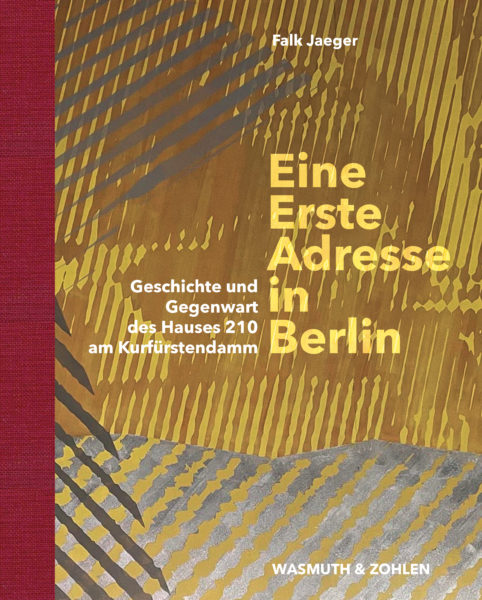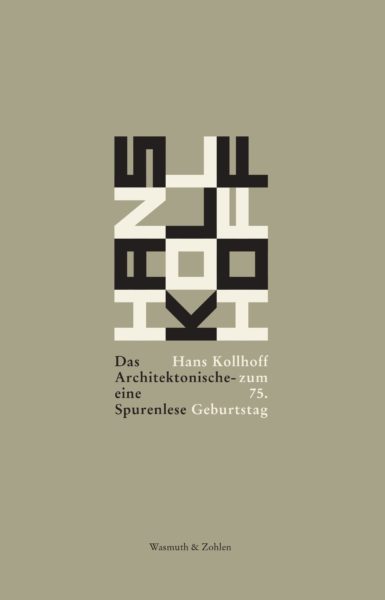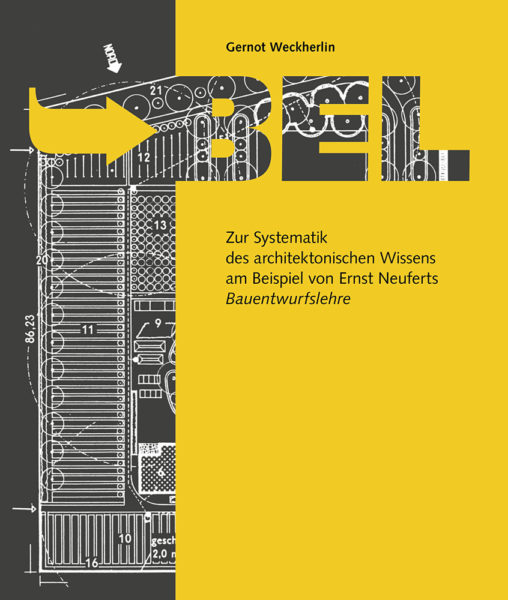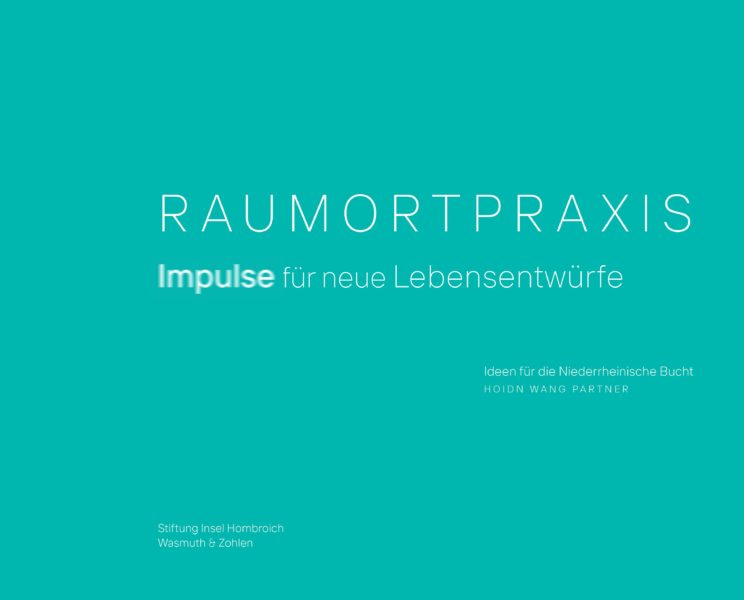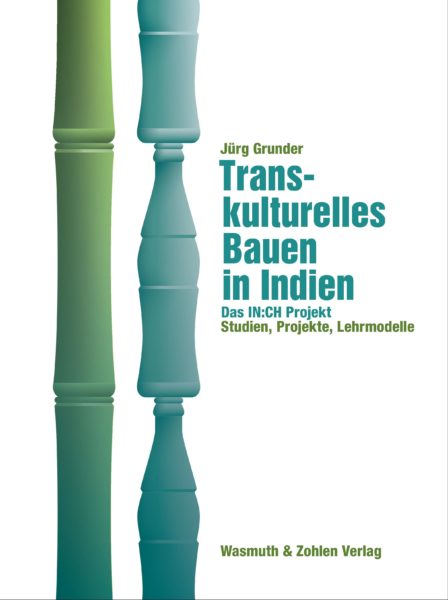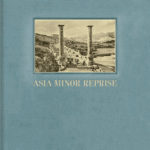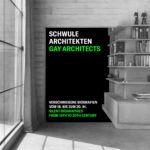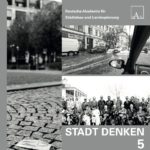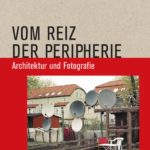View cart “Vom Reiz der Peripherie” has been added to your cart.
Paul Schmitthenner
Architekt der gebauten Form
Paul Schmitthenner's book "Gebaute Form" is a grammar of "building design" based on construction and materials. Even in the age of virtual design with CAD, it provides a necessary foundation: "Stoff" for material, "Fügung" for construction, "Aus der Naht eine Tugend machen" are neologisms of Schmitthenner, the formative architecture teacher of the "Stuttgart School" after 1918. Paul Schmitthenner (1884-1972) was an architect of the New Tradition and an opponent of the Weissenhofsiedlung (Ludwig Mies van der Rohe et al., 1927), but modern enough to be significantly present in the discourses of the 1920s (settlement, social housing, rationalization).
- Editor: Wolfgang Voigt and Hartmut Frank
- ISBN: 978 3 8030 2108 3
- Size: 24 x 30 cm, Hardcover with book-jacket
- Edition: improved new edition
58,00 €
incl. 7% VAT
zzgl. Versandkosten
-
Paul Schmitthenner’s book “Gebaute Form” is a grammar of “building design” based on construction and materials. Even in the age of virtual design with CAD, it provides a necessary foundation: “Stoff” for material, “Fügung” for construction, “Aus der Naht eine Tugend machen” are neologisms of Schmitthenner, the formative architecture teacher of the “Stuttgart School” after 1918.
Paul Schmitthenner (1884-1972) was an architect of the New Tradition and an opponent of the Weissenhofsiedlung (Ludwig Mies van der Rohe et al., 1927), but modern enough to be significantly present in the discourses of the 1920s (settlement, social housing, rationalization). The improved and supplemented new edition of the comprehensive work monograph of the Deutsches Architekturmuseum (DAM, Frankfurt a.M., 2003) documents, in addition to the buildings and projects, Schmitthenner’s role in the “Third Reich” and his writing, designed as a ciphered dissociation: “Das sanfte Gesetz in der Baukunst”. Newly opened sources allow a closer look at his attitude during National Socialism, which has recently given rise to renewed controversy among architectural historiansRead in:
Deutsch -
Weight 1.540 kg Editor Wolfgang Voigt and Hartmut Frank ISBN 978 3 8030 2108 3 Size 24 x 30 cm, Hardcover with book-jacket Number of pages 252 pages Illustrations 380 Illustrations Languages German Edition improved new edition Release May 2021
